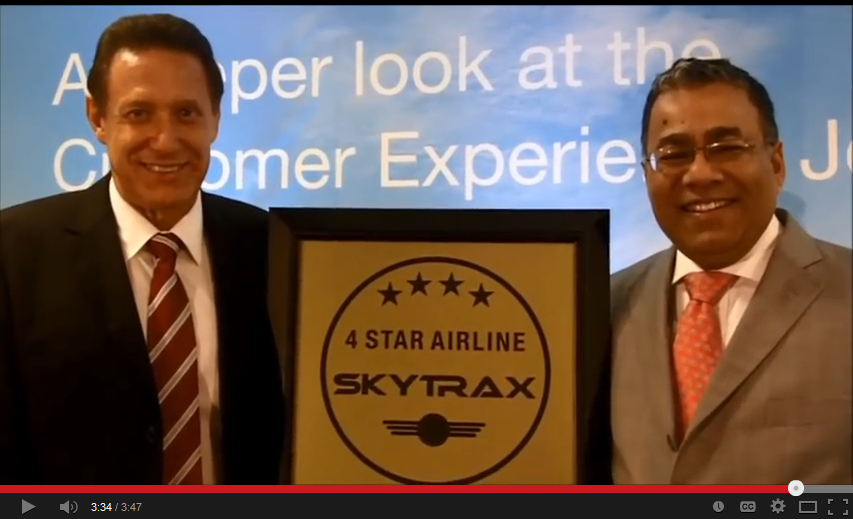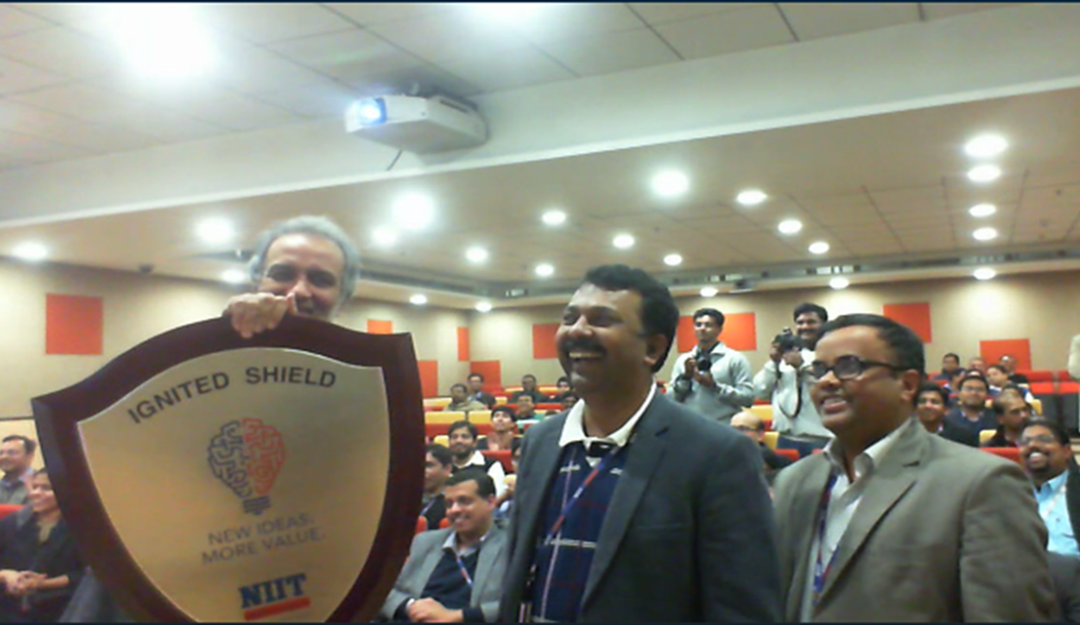This article cites research in collaboration with Professor Jochen Wirtz.

Rule 3: Don’t take small steps. Instead, go big and go fast to create a groundswell of support for a service revolution.
Rule 3: Getting It Wrong
A large software company engaged us to help improve service to customers and partners in their “last mile” of licensing, delivery and activation support. Our fundamental service principles were smoothly applied and performance improved, but only in the limited area of the company where this initiative was undertaken. Other areas including software development, business units, industry sectors, and geographic regions were not included in this process of service education.
The company’s matrix model of management meant that decisions about who and how and when to provide such education were widely dispersed. Authority to commit employee’s time and company resources was balkanized to the point of frustration and dysfunction. Frequent meetings were held with representatives of departments agreeing on the need to serve more effectively together, but simultaneously lamenting their inability to muster people to learn together across the same departments.
While the “last mile” of service delivery was dependent upon upstream groups for effective product design and technical support, those serving at the tail end had no power to insist upon improved service from those working upstream.
Rule 3: Getting It Right
A few years ago the national airline of Mauritius was struggling with a $30 million financial loss, poor customer service ratings, and low staff morale. Set in a difficult commercial environment, the company faced many business and cultural challenges.
A new CEO stepped in and proposed a bold and improbable challenge: return the airline to profitability in 24 months, and simultaneously leap from a 3-star Skytrax ranking to the more rare and prestigious 4-star ranking. Given the economic challenges and the difficulty of earning that prestigious fourth star, not to mention shifting the attitudes and behaviors of 2,800-plus employees, this was a gargantuan task demanding urgency and speed-to-scale.
In two years both challenges were successfully achieved. Not only did Air Mauritius reach its 4-star status, but it returned to profitability (realizing an $8 million profit), and was named among the Skytrax “Top 10 Most Improved Airlines”.
To accomplish these feats of rapid service and financial improvement, Air Mauritius followed the rule of going big and going fast to create a positive service revolution. To engage the entire workforce quickly and aggressively, to get everyone involved and to prevent outdated mindsets and behaviors from resurfacing, the airline rolled out a company-wide program of service education and service improvement actions. This included a series of Service Leadership Workshops for members of the management team, a special Train-the-Trainer program for selected employees, and then an intensive two-day course in problem-solving and new value-generating service ideas for all employees in all departments.
This education introduced a new language of service, and was immediately followed by cross-functional project teams identifying which new ideas could be implemented with lowest cost, fastest results, and greatest effect.
This groundswell of education and new action generated the momentum needed to overcome the cultural status-quo of cynicism and resignation. And this all happened in the space of just a few months, lightning fast compared to the glacial pace of most big corporations.
A new and shared service language is essential to support new and better service behaviors. At Air Mauritius, the airline’s vision for service improvement was expressed in three words communicating the immediate challenge and the opportunity. First, everyone needed to move to a new level of action. Standing still was not an option and thus the active word “Stepping” was selected. Second, the airline needed to raise service levels and customer perceptions at every point of contact. This commitment to perform better was captured in the word “UP.” Third, the entire workforce needed to change their attitudes and behaviors to collaborate more effectively, serving and communicating as a unified group and not as separate functions – “Together.”
“Stepping UP Together” aligned all team members to deliver service improvements and financial success in record time. Today Air Mauritius is aiming even higher. A second series of intensive courses and workshops are now being conducted with characteristic urgency and a motivating new vision for “Taking the Next Step UP”.

Air Mauritius CEO and EVP with Skytrax 4-star award
Rule 4: Don’t obsess about traditional KPIs. Instead, focus on “leading indicators” of service culture success.
Rule 4: Getting It Wrong
A large semiconductor manufacturer provided an unfortunate example of failure by focusing on the wrong metrics for service success. Founded by a family of engineers, the company focused intensively on increasing factory yields, reducing waste, and accelerating cycle times. The company calculated that steady improvements in these areas would inevitably lead to faster response, lower prices, and greater customer satisfaction. While these internal measures are not incorrect, for every factory must track performance, relying on these measures to assess customer satisfaction is misguided. What happens in the factory is simply too far from the interface where customer experience is created and evaluated.
The company showcased these traditional KPIs daily in the cafeteria and thereby kept employees focused on improving production, not on improving customer interactions. The company claimed to be “obsessed with customers”, but posters on every wall featured the company’s own facilities and products with not a customer in sight. Even their “Total Customer Satisfaction Contest” was judged based on quantitative product and process improvements, not on improving actual customer experience.
This focus on internal methods and metrics blinded employees to emerging market changes and more responsive competition. Primary attention on factory performance prevented the company from proactively and persistently building closer dialogue with customers. Meanwhile, another company in the field took away substantial market share by tracking and measuring “number of changes made per month” in pursuit of a better customer experience. This metric drove constant curiosity about what their customers wanted, and wanted changed, which created the mindset – and the behavior – of continuous customer experience improvement.
Rule 4: Getting It Right
NIIT Technologies Limited (NTL) is a rapidly growing IT firm in India that serves the Fortune 1000 worldwide. The company, like the Indian software industry, initially provided customers with a proposition for cost-reduction by offshoring various back-office, data-processing, and maintenance responsibilities. However, as the company has grown and the industry matured, customers now seek insights and advice, value-creating recommendations as well as cost savings.
Further, increasingly large deal sizes have resulted in greater complexity for the company in dialogue with customers, and internally between departments. These changes demand more creativity and flexibility from a culture that was initially designed to deliver predictable and consistent performance.
Seeking to accomplish a fundamental shift in company culture, NTL worked with us to draft and launch an innovative and future-focused vision: “New Ideas, More Value”, which aligns with our definition of service as taking action to create value for someone else.
The company introduced new service education courses and launched a contest to measure the “Number of New Ideas” submitted by each department. Harnessing their natural appetite for internal competition, employees quickly generated more than 2,000 new ideas to improve service inside and outside the organization. This avalanche of suggestions was soon followed by a second contest to measure “Number of New Ideas Implemented”. This resulted in each department sifting through the avalanche to identify those ideas with the greatest potential for rapid implementation.
Finally, a third contest was launched – all this within 18 months – to measure the ultimate purpose of the company’s new actions and vision: “Value Created for Customers”. In a recently held awards ceremony, many teams were recognized for achieving remarkable internal results, including dramatic reductions in cost, effort, storage, and CPU processing time.
But the greatest results – and the contest winners – were those who delivered the most new value to customers as measured by customer retention, increased deal size, and through the customers’ own words and actions. The winning teams proudly reported:
“These initiatives helped us create stronger bonds between customer and NTL teams. For example, when this customer requires additional resources onsite or offshore, they select NTL in utmost good faith and without conducting any interview or going through a selection process. They just believe in our capability to serve them.”
“For NTL, the benefit is in retaining existing business when the customer was looking for outside for a new vendor to further reduce IT operational cost. (After our recent initiative) this customer cancelled their decision to go for RFP (Request for Proposal) on overall IT Application Support and Maintenance and instead requested NTL to continue without a competitive contest, and even included other Application areas where different vendors are currently working. In short these new ideas and initiatives changed customer mindset and perception of our service capability in a very positive direction.”

NIIT Technologies CEO with “Value Created for Customers” award winners
Getting It Right means focusing on new service improvement ideas and taking new service actions. If you focus too strongly on internal process measures or final business results, you risk demoralizing your team and distorting where their focus needs to be – generating ideas and taking actions, not watching the traditional scoreboard.
Post your comment below. Where have you seen an organization Getting It Wrong…or Getting It Right?



